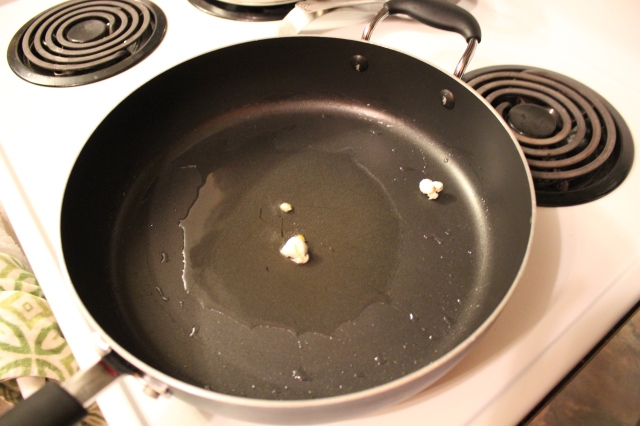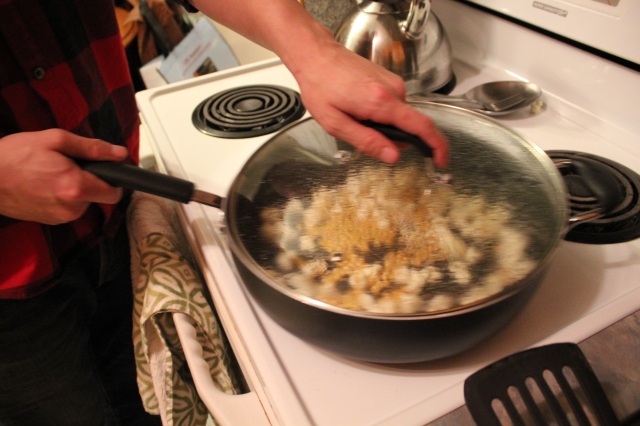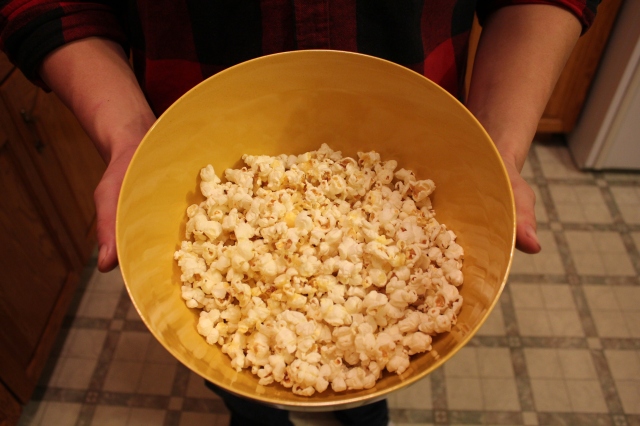Yes, you. Gone are the days of the masses consuming media from a handful of sources. Today, anyone with access to the internet has a platform to share their stories. And it’s a beautiful and frightening thing.

Stencil art by Audrian Cassanelli
Social media is pushing the way we get our news in a new direction. While the average social media user usually doesn’t have the credibility of a professional journalist, they do have over 200 Twitter followers and 300 Facebook friends, on average. We’re not talking about an old man yelling at a cloud here. Social media users have real audiences, even if those audiences are entirely friends and family.
An endless stream of content
Journalists aim to break news first, and social media users are no different.We are social creatures. We love to tell stories, especially when we get to be the first person to tell it. This instinct encourages people to share their stories online as they happen. If their posts are interesting enough, they might even gain a true following or even become “internet famous”.
Social media is ingrained with the concept of curation. The retweet and share buttons weren’t created for decoration. Whether it be memes, viral videos, or sharing interesting or important news from other sources, we curate content to our audience that matters to us. Those audiences might go on to share our posts with their own followers.
Social media vigilantes
Social justice also plays a role in new media. We all hold each other accountable online now, and aren’t afraid to publicly shame someone whose views we find reprehensible. If a clerk at Safeway treats us poorly, it’s common to see the customer post a rant directly to the company’s social media account. If a someone parks like an asshole, they can expect to find a photo of their license plate circling around on Facebook. Anyone with a social media account and a phone can become a vigilante journalist.

This tweet by Kelsey Harmon went viral this month. The internet rallied around “Sad Papaw” to the point that Harmon’s cousins received several death threats.
But we also live in an age where you can accidentally make your grandpa internet famous by tweeting a sad-looking photo of him eating a burger. I think I like it that way.
























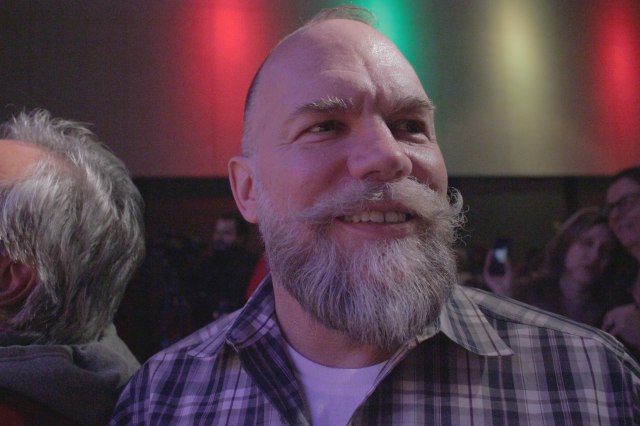



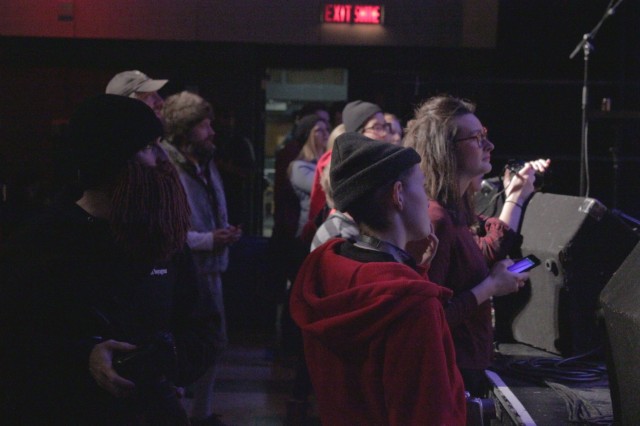

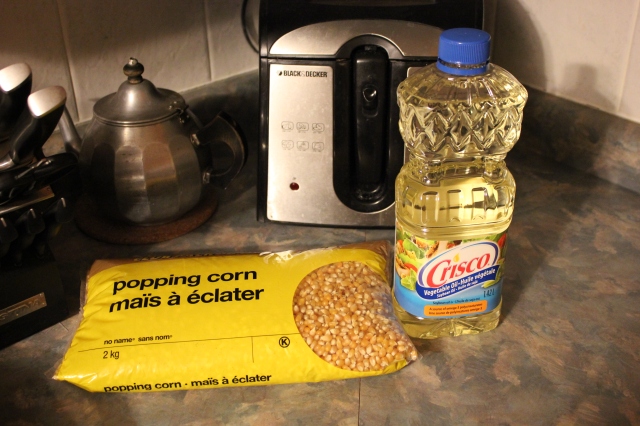
 3 ) Throw a few kernels into the oil.
3 ) Throw a few kernels into the oil.